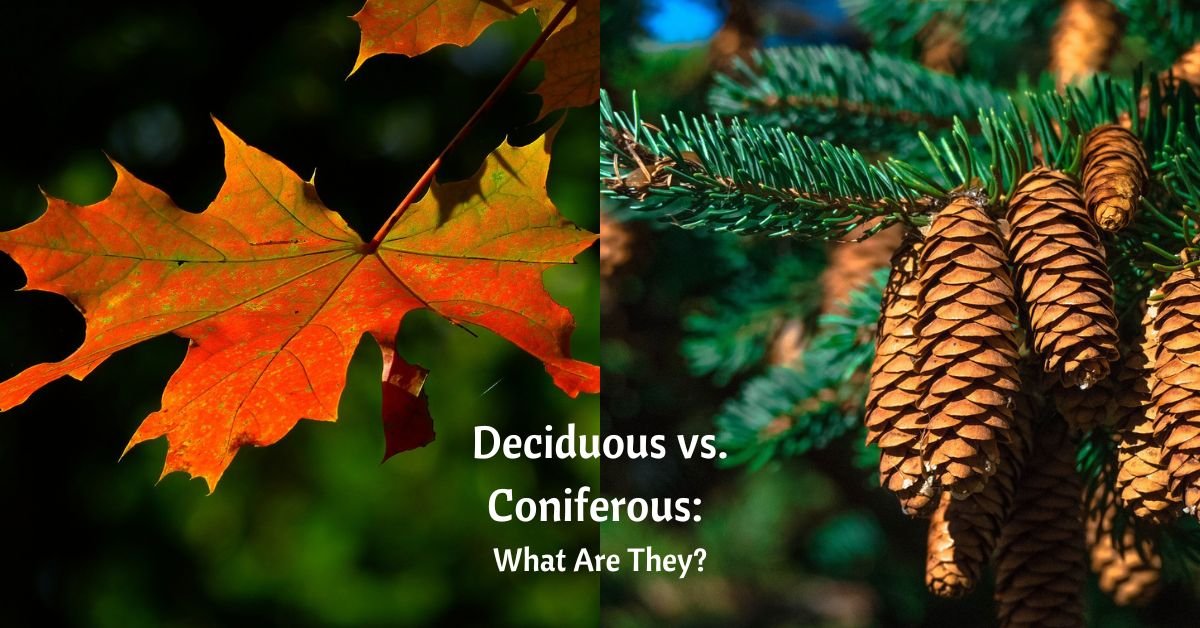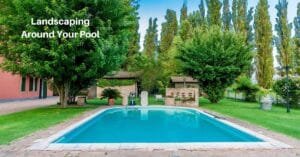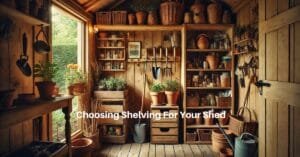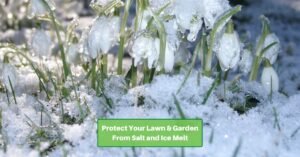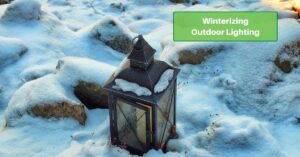Trees can be divided into two main categories and they’re easily recognizable even to the untrained eye. Deciduous and Coniferous trees each have unique characteristics that stand out, and these characteristics bring advantages and disadvantages for your yard.
It’s important to know what you’re getting into when you want to add trees to your front or back yard. Let’s explore these two broad categories and talk a little about what they add to your landscape.
Deciduous Trees
Deciduous trees undergo seasonal transformations that make them stand out in yards and landscapes. Their ability to shed leaves annually is an adaptation that aids in conserving water during challenging winter months, contributing to their allure. But that change offers us an amazing array of colors as fall progresses.
Characteristics of Deciduous Trees
Leaves
Deciduous trees are easily identifiable by their broad, flat leaves. Maples, oaks, and elms, for instance, boast an aesthetic appeal that evolves with the seasons. The vibrant display of colors in the fall, as chlorophyll breaks down, adds an artistic touch to yards.
Bark
Deciduous trees typically feature smoother and thinner bark compared to conifers. As these trees mature, their bark undergoes changes, providing habitat for various organisms. The protective outer bark shields against pests and harsh weather conditions.
Growth Habit
Deciduous trees have great variety in how they grow. Some spread wide while others soar tall. The expansive branches of oak trees, the towering height of redwoods, and the graceful form of willows are representative of the variety within this group.
Examples of Deciduous Trees
Here are a few of the best-known types of deciduous tree:
Maple (Acer spp.)
Valued for their stunning fall foliage, maples add beauty to yards. They provide ample shade during warmer months, making them a popular choice for residential landscapes.
Oak (Quercus spp.)
Oaks, with their sturdy wood and iconic leaves, contribute to biodiversity by offering habitats for various wildlife. While the majestic presence of oaks enhances yard aesthetics, it’s important to note that some species are slower-growing.
Elm (Ulmus spp.)
Elms have serrated leaves and a vase-shaped canopy. They look magnificent, but the prevalence of Dutch elm disease poses a challenge to maintaining these trees.
Advantages and Disadvantages of Deciduous Trees in Yards
Deciduous trees offer both benefits and challenges when you add them to your yard. Here are some things to watch for:
Advantages
Seasonal Aesthetics:The changing colors of deciduous trees provide visual interest throughout the year, enhancing the beauty of yards.
Shade Benefits:Deciduous trees offer shade during the warmer months, creating comfortable outdoor spaces for relaxation and recreation.
Disadvantages
Leaf Cleanup:The annual shedding of leaves requires regular cleanup, which can be labor-intensive, especially in larger yards.
Slower Growth:Some deciduous trees, like oaks, are slower to mature, requiring patience for those seeking quicker landscaping results.
Coniferous Trees
In stark contrast, coniferous trees are evergreen giants that maintain their greenery year-round. Their needle-like leaves and cones make them easily identifiable.
Characteristics of Coniferous Trees
Here’s how you can quickly identify conifers:
Leaves
Conifers are recognized by their needle-shaped or scale-like leaves that remain green throughout the year. This is an adaptation for colder climates. These leaves, coated with a waxy substance, reduce water loss and allow for year-round photosynthesis.
Bark
The bark of conifers is typically thicker and rougher, offering enhanced protection against environmental stressors. This adaptation contributes to the structural integrity of the tree.
Growth Habit
Coniferous trees often grow in a conical shape with spiraling branches, shedding snow efficiently. The iconic silhouettes of trees like the Douglas fir and sequoia define the distinct form of this group.
Examples of Coniferous Trees
Pine (Pinus spp.)
Pine trees, adaptable and hardy, thrive in diverse environments. Their needle clusters and distinctive cones make them popular choices for landscaping, providing year-round greenery.
Spruce (Picea spp.):
Spruce trees have spire-like crowns. The symmetrical shape and pleasant aroma of their needles make them sought-after for yard cultivation.
Fir (Abies spp.):
Firs, with flattened needles and upright cones, add something special to yards. Their versatility, both in landscaping and as Christmas trees, makes them valuable additions to residential settings.
Advantages and Disadvantages of Coniferous Trees in Yards
Conifers also have pros and cons when you add them to your yard. Let’s look at a few:
Advantages
Year-Round Greenery: Coniferous trees provide constant greenery, offering an attractive backdrop for yards even during winter.
Low Maintenance: The absence of annual leaf shedding reduces the need for frequent cleanup, simplifying yard maintenance.
Disadvantages
Less Seasonal Variety: Coniferous trees lack the vibrant seasonal color changes seen in deciduous trees. Depending on how well they’re space, it could make the landscape seem boring.
Potential for Overcrowding:The conical growth habit may lead to overcrowding in smaller yards if you don’t plan the positioning carefully..
The decision between deciduous and coniferous trees extends beyond mere aesthetic preferences. Understanding the advantages and disadvantages of each type is crucial for developing a yard that aligns with both your visual aspirations and practical considerations.
Both the dynamic, ever-changing beauty of deciduous trees and the steadfast, year-round greenery of conifers can contribute to the intricate beauty of your outdoor spaces. Be sure to check out individual types of trees, too, to make sure they suit your needs!

